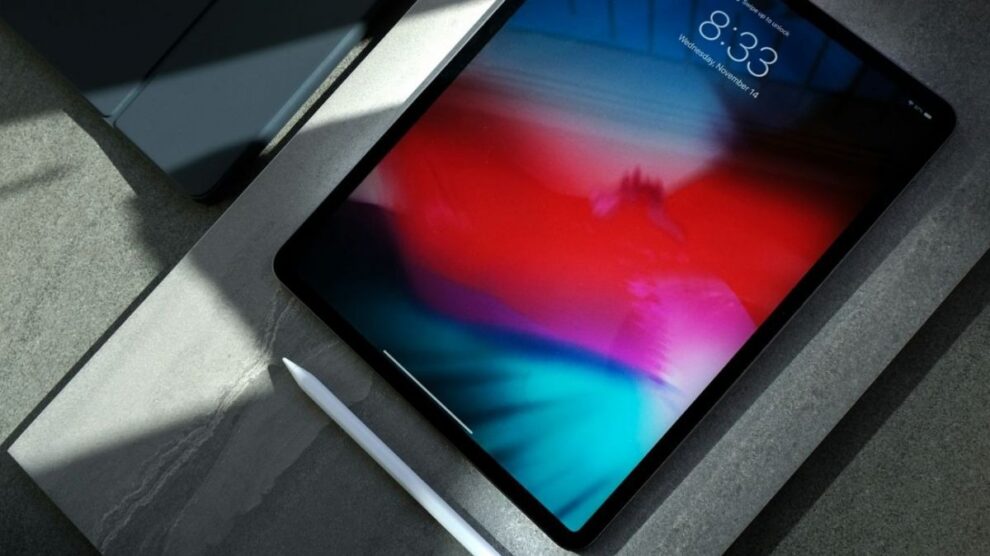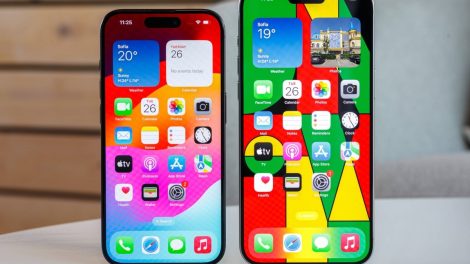In a move that aligns with recent trends and upcoming regulations, Apple has made significant changes to its iPad offerings in Europe. Following the introduction of the new iPad mini 7, which does not include a charger in the box for European customers, Apple has extended this practice to its entry-level iPads across the continent. This change, coupled with price adjustments in several European countries, marks a shift in Apple’s approach to product packaging and pricing in the region.

Charger Removal: A New Standard for iPads in Europe
The removal of chargers from iPad packaging in Europe represents a significant change in Apple’s product offering:
- Prior to this change, the entry-level iPad was the only model in Europe that still included a USB-C charger in the box since its release in 2022.
- The latest iPad Pro and iPad Air models, introduced earlier this year, already came without chargers in European markets.
- With this update, all iPad models sold in Europe now come with only a USB-C cable, without an accompanying charger.
This move brings consistency to Apple’s iPad lineup in Europe and aligns with the company’s broader strategy of reducing electronic waste and packaging materials.
Motivations Behind the Change
Several factors likely contributed to Apple’s decision to remove chargers from iPad packaging in Europe:
1. EU Regulations on Electronic Waste
The European Union has been actively working to reduce electronic waste through various initiatives and regulations. Apple’s decision is likely influenced by:
- Forthcoming EU regulations aimed at reducing electronic waste
- The EU’s push for standardization of charging ports and accessories
- Potential financial incentives or penalties related to environmental regulations
2. Environmental Considerations
Apple has been vocal about its commitment to environmental sustainability. Removing chargers from packaging can contribute to this goal by:
- Reducing the overall volume of electronic waste
- Decreasing packaging size and materials
- Potentially reducing shipping-related carbon emissions due to smaller package sizes
3. Cost Optimization
While not explicitly stated, the removal of chargers could also have financial benefits for Apple:
- Reduced production costs for each unit sold
- Potential increase in sales of separate charging accessories
- Savings on shipping and logistics due to smaller packaging
Geographic Scope of the Change
The charger removal is not limited to EU countries:
- The change applies to all European countries where Apple sells iPads
- Notably, the United Kingdom, which is no longer part of the EU, is also included in this change
The inclusion of the UK in this policy change is particularly interesting given its recent departure from the EU. However, it’s worth noting that the British government has just launched a consultation to explore the possibility of mandating USB-C as the standard charging port for electronic devices, indicating a potential alignment with EU regulations in the future.
Price Adjustments in Europe
Alongside the removal of chargers, Apple has made notable price adjustments to its entry-level iPad in several European countries:
- In many European countries, the price of the entry-level iPad has been reduced to €409, a €30 decrease from its original price of €439.
- In the United Kingdom, the cheapest iPad now starts at £329, down £20 from its previous price of £349.
These price reductions could be seen as a way to offset the removal of the charger or as a strategic move to maintain competitiveness in the tablet market. It’s worth noting that the price of the entry-level iPad remains unchanged in the United States, where customers still receive a 20W USB-C charger with their purchase.
Consumer Implications
The removal of chargers from iPad packaging and the accompanying price adjustments have several implications for consumers:
Potential Additional Costs
- Customers who don’t already own a compatible USB-C charger will need to purchase one separately
- This could offset some or all of the savings from the price reduction, depending on the cost of the charger
Environmental Considerations
- Consumers who already own compatible chargers may appreciate the reduced environmental impact
- There’s potential for reduced electronic waste if consumers reuse existing chargers
Convenience Factors
- Some customers may find it inconvenient to not have a new charger included with their device
- Others might appreciate the reduced packaging and the ability to choose their preferred charger separately
Industry Impact and Trends
Apple’s decision to remove chargers from iPad packaging in Europe is part of a broader industry trend:
- Many smartphone manufacturers have already removed chargers from their packaging, citing environmental reasons
- This move by Apple could influence other tablet manufacturers to follow suit
- It may accelerate the adoption of universal charging standards, particularly USB-C
The tech industry as a whole is likely to continue facing pressure to reduce electronic waste and improve the environmental impact of their products. Apple’s actions in Europe could serve as a model for other regions and product categories in the future.
Future Outlook
Looking ahead, several developments are likely to shape the landscape of electronic device packaging and charging:
- Further regulatory actions in the EU and other regions regarding electronic waste and charging standards
- Potential expansion of charger-free packaging to other Apple products and geographic regions
- Innovations in charging technology that could influence future packaging decisions
- Increased consumer awareness and demand for more sustainable product options
As the tech industry continues to evolve, balancing consumer expectations, environmental concerns, and regulatory requirements will remain a key challenge for companies like Apple.
Conclusion
Apple’s decision to remove chargers from entry-level iPads in Europe, coupled with price adjustments, reflects the company’s response to regulatory pressures, environmental concerns, and market dynamics. While this change may present some inconvenience for certain consumers, it aligns with broader industry trends towards reducing electronic waste and standardizing charging solutions.
As consumers and regulators continue to prioritize sustainability, we can expect to see more changes like this across the tech industry. The long-term impact of these decisions on consumer behavior, product design, and environmental outcomes remains to be seen, but it’s clear that the landscape of electronic device packaging and accessories is evolving rapidly.










Add Comment